American Giants: The History of ARP Instruments
The story of the ARP 2500, 2600, Odysey and more.
From the Odyssey to the 2600 to the Omni, ARP ruled the synthesizer market in the 1970s and left an indelible mark on the world of music.
The History of ARP
At one point in the 1970s, ARP Instruments was the top-selling synthesizer company in the world. They had bested Moog, their products were beloved by artists like Herbie Hancock and Edgar Winter, and one of their instruments (and engineers!) had even appeared in a movie.
And yet within a few years, it was all over, with the company’s founders largely retreating from the world of musical instruments. How did it go from boom to bust so quickly, and what instruments caused both its rise and fall? Read on to find out.
This story is part of an ongoing series on the history of American synthesizers. For more, read our story on the history of Moog. Thank you to Dina Pearlman-Ifil of the Alan R Pearlman Foundation for help with this story.
With a theme this complex, there’s no way I could include every instrument or historical tidbit so please understand if your favourite ARP instrument is not included.
The History of ARP: The First Encounter
Engineer Alan R. Pearlman founded ARP Instruments in 1969 after two decades of engineering, including work at NASA. Although Pearlman had long held an interest in electronic instruments, even writing a paper on the subject back in his student days in 1948, his work for ARP the company would be his first real forays into the world of musical instruments. Incredible, then, that his first release should be the 2500.
A massive modular system, 1970’s 2500 was unique for two reasons. First, it eschewed patch cables for matrix switching panels, which made connections with pins. Second, it had incredibly stable oscillators, meaning that they wouldn’t drift out of tune after a few minutes as Moog’s did. This would be a lasting trait of ARP instruments and a big selling point for them.
The 2500 sold well, finding its way into a number of university music labs as well as into the hands of forward-thinking musicians like Pete Townsend. It also featured in Steven Spielberg’s Close Encounters Of The Third Kind as the synth used to speak to the aliens (with ARP Vice President of Engineering Phil Dodds playing it on camera).
The History of ARP: One Hundred More
ARP’s next release would be perhaps its most enduring, staying in production for the remainder of the company’s existence. This was, of course, the 2600. Released in 1972, the 2600 was a three-oscillator monophonic synth. Being semi-modular, it offered both the playability of a regular monosynth like the Minimoog and the flexibility of a modular system.
Additional controls included two envelopes (an ADSR and AR), a 24dB/octave lowpass filter that would go through a number of revisions throughout its production run and a built-in speaker and spring reverb.
Although initially intended for schools like the 2500, musicians soon took notice, with Edgar Winter using it famously in “Frankenstein.” Other players included Stevie Wonder, the Commodores, Kool and the Gang and Joe Zawinul, who used two of them simultaneously, the left-hand unit with the keys reversed.
The History of ARP: What An Odyssey
ARP’s other most famous instrument is the Odyssey. A more compact version of the 2600 meant to compete with the Minimoog, the 1972 instrument was a two-oscillator monosynth capable of playing two notes simultaneously, one from each oscillator.
Although compact like Moog’s synth, it had more synthesis features, including ring modulation and oscillator sync, a highpass filter to go with the lowpass and two envelopes as on the 2600.
It also had its own sound, as did all the ARP instruments. Sharper than a Moog but with no less power, the Odyssey had a commanding sound that could hold its own in a busy mix.
The Odyssey was a hit with musicians, who stayed with it through its three revisions (which also included filter changes similar to the 2600). Herbie Hancock was a big ARP fan, using the Odyssey on “Chameleon.” Other users included ABBA, the Beach Boys, Jean-Michel Jarre, Yellow Magic Orchestra, and many more.
Part of ARP’s business strategy was to reuse existing circuits. In this way, they could extend a product’s usefulness and reduce R&D costs. Accordingly, Odyssey guts found their way into other ARP products like 1975’s single-oscillator Axxe and 1980’s Solus, one of the company’s final products.
The History of ARP: Polyphonic Parade
Polyphony was the big goal in the 1970s, with everyone from Moog to Yamaha working on their own versions. ARP’s initial testing of the polyphonic waters came with the String Ensemble, a rebadging of the Solina for the American market. Their first home-developed instrument, the Omni, would be the company’s biggest seller and help push it to the top of the 1970s synthesizer sales charts.
Released in 1975, the ARP Omni was a string synth/monophonic bass synth/polyphonic synthesizer. Like the Moog Polymoog, it used organ-style divide-down technology to spread its oscillators across all of its keys. It added a lowpass filter to the synth section plus an ADSR envelope and single LFO. ARP followed it up with the Omni 2 in 1978.
Less popular at the time but arguably more well-known now is the Quadra. Released in 1978, it had – as the name suggests – four instruments in one: an Omni, an Odyssey, a string synth and a divide-down organ along with a filter, phaser and ADSR envelope. This was the era of the big combo string machines and, while not as popular as the Omni, it found its way onto records by Pink Floyd, Genesis and New Order. John Carpenter and Alan Howarth made excellent use of it on the Escape From New York soundtrack.
The History of ARP: The Big Mistake
Another ARP instrument that Alan Howarth liked to use was the Avatar. Essentially a keyboardless Odyssey, the Avatar came out in 1977 after a protracted and expensive R&D session. The goal was to make not just a module-version Odyssey, though, but a guitar synthesizer. With four times as many guitarists as keyboard players in the world, it seemed like a slam dunk. However, the high price and lack of accuracy in the pitch-to-CV circuit – not to mention the requirement to modify your guitar to install the special hexaphonic pickup – kept it from being the hit that ARP needed. It was the beginning of the end for the company.
The History of ARP: The End Of The Rhodes
The end was nigh for ARP. After declaring bankruptcy, ARP’s engineering department and the Chroma polyphonic synth, under development at the time, moved over to CBS Musical Instruments under the Rhodes name.
There, Philip Dodds and the ARP engineering team continued development on the Chroma, eventually releasing it as the Rhodes Chroma in 1981.
Analogue, it featured a microprocessor (unique for the time) plus a pre-MIDI interface to connect the Chroma Expander unit. CBS followed it up with the Polaris in 1984.
The Rebirth of ARP
And that’s where ARP and its instruments ended. Or so it seemed for the longest time.
Then, in 2015, Korg announced that it had been working with David Friend on a recreation of the Odyssey using modern components. Korg ended up releasing a number of Odyssey variants, including smaller versions of all three revision colours, full-size Odysseys in both pre-assembled and kit form, and modules. Then, in 2019, it did the 2600 too, again in both mini and full sizes.

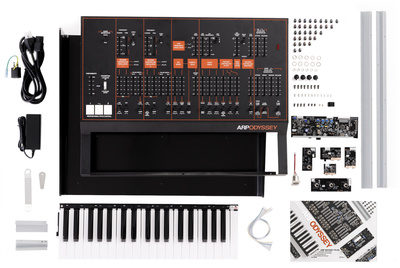

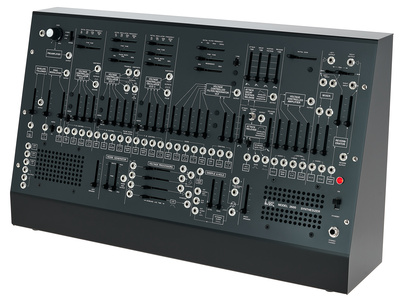
That’s not all though. Behringer, as part of its mission to recreate seemingly every notable synthesizer of the past 50 years, has done versions of the Odyssey and 2600, including Blue Marvin and Gray Meanie replicas.

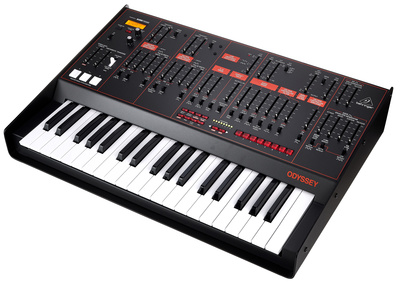

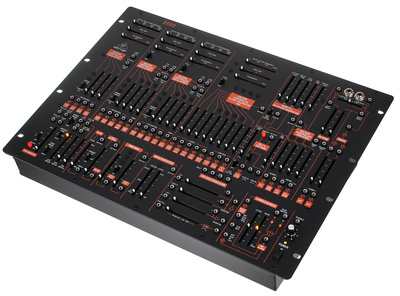

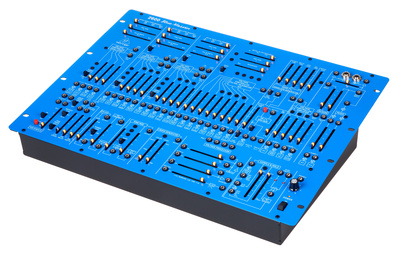

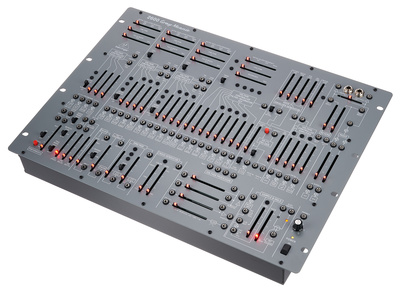
There are plenty of software versions of ARP instruments available as well, including from Korg, Arturia and Cherry Audio.
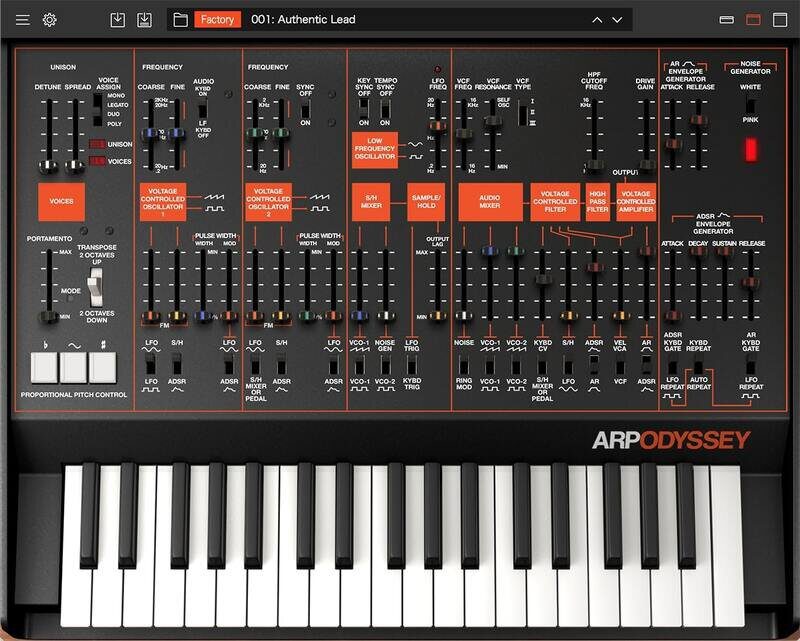
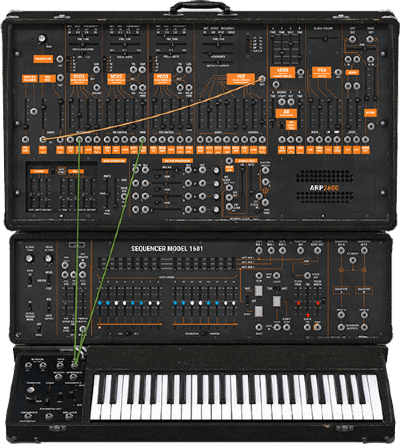

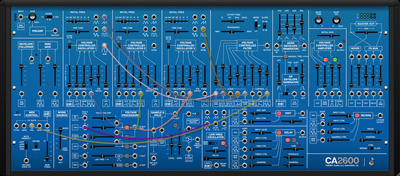
After the end of ARP, Pearlman moved away from musical instruments but never stopped engineering. He founded Selva Systems, Inc., a computer graphics company, and later worked on renewable energy technology. In 2019 he passed away, leaving behind an incredible legacy of electronic instruments and the music created on them.
Information
- All about synthesizers
- ARP’s homepage at Korg
- Alan R Pearlman Foundation homepage
- Alan R Pearlman Foundation YouTube channel
Videos
You are currently viewing a placeholder content from YouTube. To access the actual content, click the button below. Please note that doing so will share data with third-party providers.
You are currently viewing a placeholder content from YouTube. To access the actual content, click the button below. Please note that doing so will share data with third-party providers.
You are currently viewing a placeholder content from YouTube. To access the actual content, click the button below. Please note that doing so will share data with third-party providers.
You are currently viewing a placeholder content from YouTube. To access the actual content, click the button below. Please note that doing so will share data with third-party providers.
You are currently viewing a placeholder content from YouTube. To access the actual content, click the button below. Please note that doing so will share data with third-party providers.
You are currently viewing a placeholder content from YouTube. To access the actual content, click the button below. Please note that doing so will share data with third-party providers.
3 responses to “American Giants: The History of ARP Instruments”
 4,5 / 5,0 |
4,5 / 5,0 | 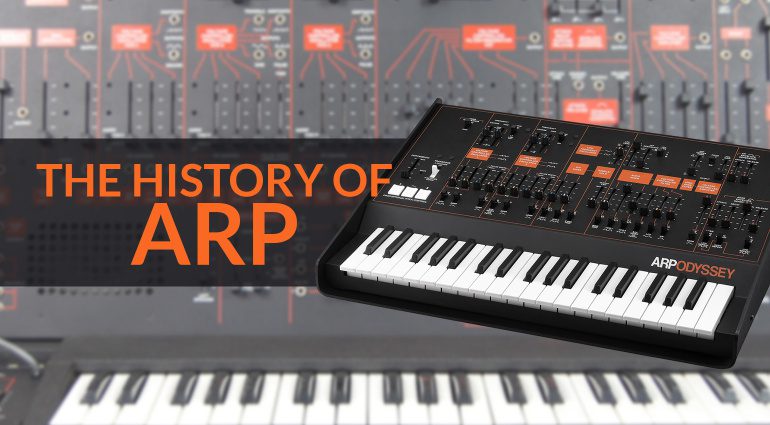


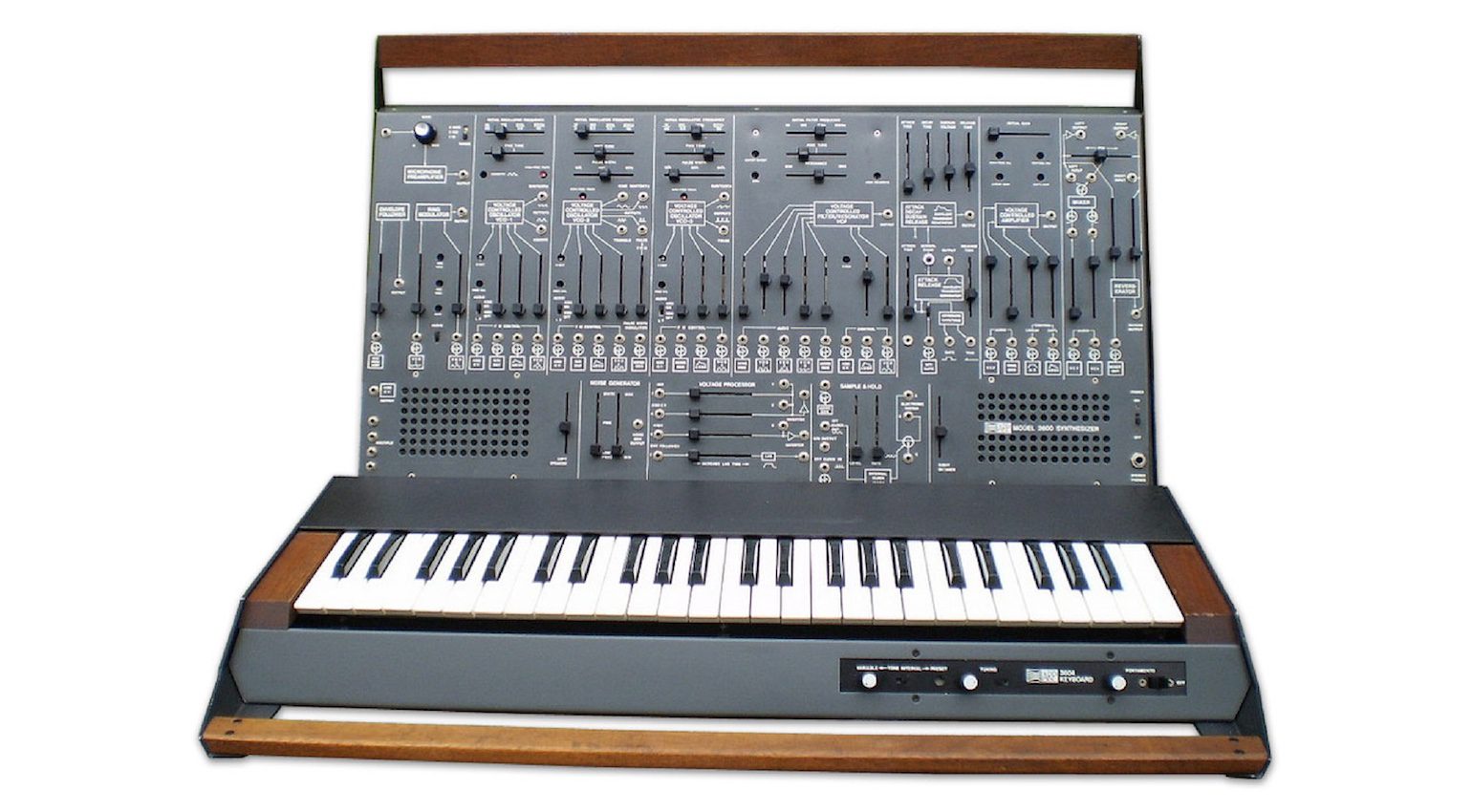









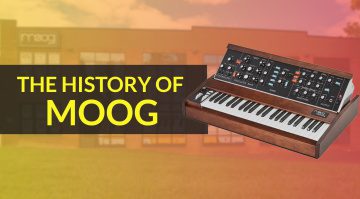
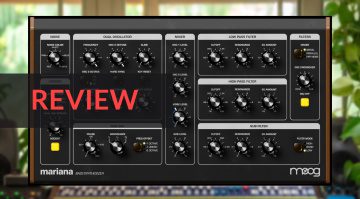
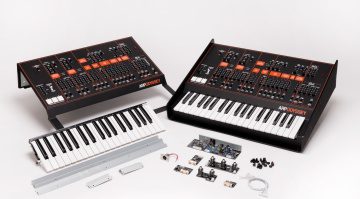

Also important folks that carry the torch: GForce (makers of the Oddity, an ARP Odyssey VST), Antonus, a. boutique sized company remaking 2600s and TTSH, (The Twenty-Six Hundred)
I would also be remiss to not mention WayOut Ware, the original ARP 2600 VST by Jim Heintz who also consulted with Alan R Pearlman on the project.
The hardware Odyssey is a magnificent synth for bass, and all of the main hardware clones do it too. It has a really sharp, deep, resonant bass that shames many other monosynths. We’ve never really understood why dub producers have never latched on to this synth for the electronic side of dub, to which it would be perfectly suited.